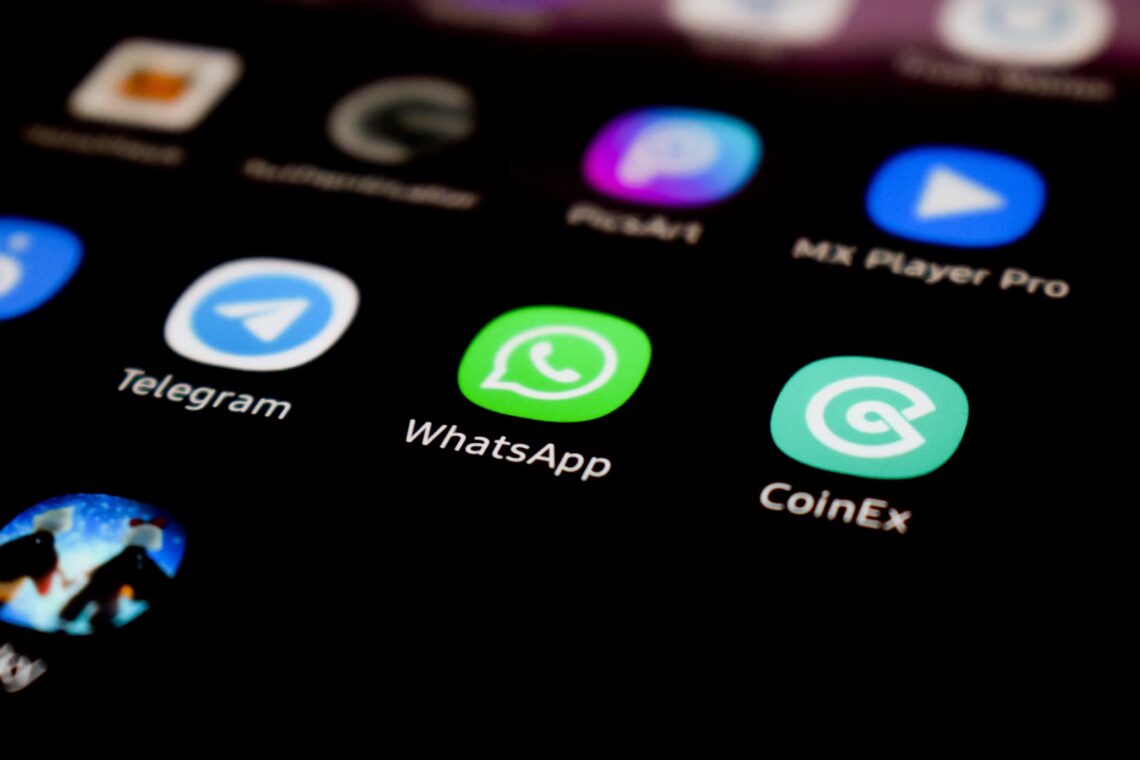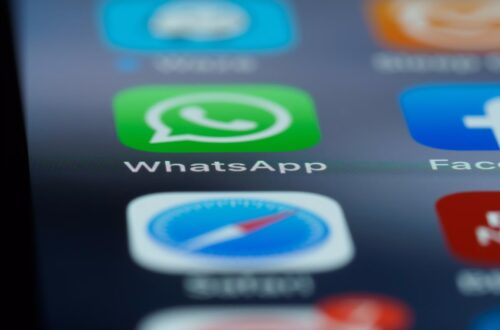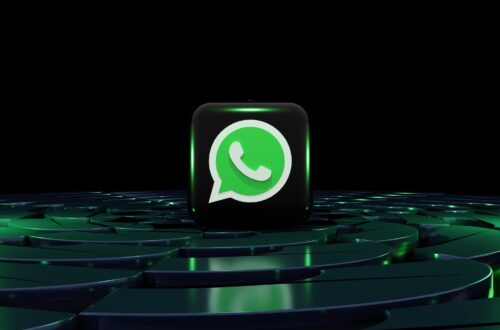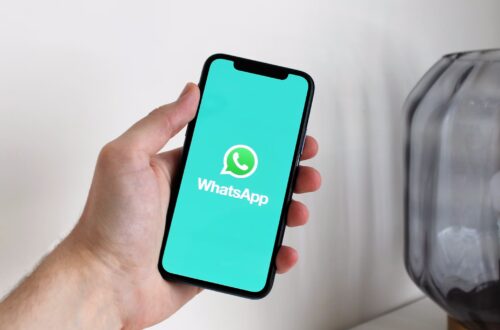Most businesses think they’re “doing WhatsApp marketing” when they broadcast promotions or answer FAQs with a bot.
That’s not marketing automation — that’s messaging at scale.
True WhatsApp marketing automation is something deeper: it’s behavioral, data-aware, and dynamically responsive. It connects with your CRM, reads context from interactions, and knows when to reach out and how much personalization to apply.
The difference between sending messages and running intelligent WhatsApp campaigns is the difference between noise and engagement.
Let’s explore what advanced WhatsApp automation really looks like, how it works under the hood, and why it’s becoming a core channel for growth teams in 2025.
The Misconception: Automation Means “Mass Messaging”
For years, WhatsApp’s broadcast lists were seen as the holy grail of reach — blast thousands of users instantly. But as Meta tightened compliance and users grew fatigued, this model began to fail.
What’s replacing it?
Event-triggered, API-powered automation that treats every user as a journey — not a contact.
In numbers:
- Campaigns using triggered messages have 3–4x higher open rates than manual broadcasts.
- Opt-out rates drop below 1% when automation respects user context.
This shift marks the rise of conversation-led marketing, where automation behaves less like a loudspeaker and more like a smart assistant.
The Architecture: How Advanced WhatsApp Marketing Works
At the core of sophisticated automation lies the WhatsApp Business API connected to an orchestration system.
Here’s the simplified flow:
- Trigger Source: CRM, ad click, cart event, or website form submission.
- Middleware: AI orchestration engine or workflow tool (like n8n or Twilio Studio).
- Template Handling: Pre-approved WhatsApp message templates adapt to user context.
- Personalization Engine: CRM fetches dynamic tokens (name, last purchase, time zone).
- Delivery and Analytics: Messages are tracked for opens, clicks, and replies via API webhooks.
“The most effective WhatsApp campaigns aren’t those that talk the most — they’re the ones that listen to user behavior first.”
— Priya Malhotra, Growth Strategist, ComChat Labs
From Simple Bots to Intelligent Campaigns
Let’s compare the old and new paradigms:
| Aspect | Basic Chatbot | Advanced WhatsApp Marketing Automation |
|---|---|---|
| Interaction Type | One-time FAQ | Contextual, ongoing journeys |
| Data Source | Static keyword | Dynamic CRM and AI triggers |
| Personalization | Minimal | Rule-based + behavioral |
| Campaigns | Manual | Automated, multi-stage |
| Measurement | Message delivery | ROI, conversion attribution |
An example: A user clicks a Meta ad for an insurance quote.
Instead of receiving one generic message, they get a contextual sequence:
- Day 1: Personalized greeting + quote details.
- Day 2: Reminder with testimonial.
- Day 4: AI checks if the user opened previous messages; if not, sends a lighter nudge.
- Day 7: Escalation to agent only if there’s no interaction.
That’s not a chatbot — that’s a conversion funnel.
Key Use Cases Driving ROI
1. Drip Campaigns Based on User Stage
Triggered after signup, trial start, or purchase.
Each message adapts based on previous engagement, like email drips — but faster and more intimate.
ROI Insight: Engagement rates of 70–80%, 3x higher than email.
2. Reactivation and Win-Back Flows
AI detects dormant users in CRM and starts a reactivation sequence.
For instance, “Hey, it’s been 2 weeks since your last order. Want to check out our new offers?”
Outcome: +15% repeat purchase rate.
3. Cross-Sell and Upsell Triggers
Post-purchase messages promote add-ons or upgrades relevant to user history.
Think: “You bought X — others also liked Y.”
Business value: Increases average order value by 18–22%.
4. Event or Webinar Reminders
For B2B marketing, WhatsApp reminders outperform emails dramatically.
Users receive quick event confirmation, calendar links, and follow-up materials.
Data point: 2.5x higher attendance rates.
5. Post-Purchase Nurture and Feedback
Automation sends care instructions, asks for reviews, or offers loyalty rewards.
This builds retention loops while collecting UGC (user-generated content).
Technical Deep Dive: How AI Powers Smarter Campaigns
The newest layer in marketing automation is AI orchestration — not rule-based triggers but adaptive intelligence.
Here’s what’s happening under the hood:
- Natural Language Understanding (NLU): Detects user sentiment and intent.
- Adaptive Sequencing: Alters next message based on live responses.
- Predictive Timing: AI models optimize send times based on engagement history.
- Message Variation Testing: A/B tests text, tone, or CTA dynamically.
Example:
If a user replies “I’ll check later,” the bot understands hesitation and delays follow-up by 24 hours — instead of bombarding them immediately.
This subtle adjustment is what turns automation into experience.
Compliance and Template Governance
WhatsApp is stricter than most channels when it comes to marketing message approvals.
Templates must follow specific formats, and unsolicited messages can lead to bans.
That’s why advanced setups involve:
- Pre-approval systems for message templates.
- AI checks for tone, language, and relevance.
- Real-time monitoring of opt-out rates.
Tip: Meta now supports category-based templates — you can personalize content without resubmitting for every variation.
Marketing Meets Operations: Closing the Loop
The best WhatsApp marketing automations don’t stop at campaigns. They connect to order management, payments, and support, creating a full-cycle ecosystem.
A campaign can start with a message like:
“Hey Alex, ready to reorder?”
and end with a payment link, invoice confirmation, and shipping update — all on the same thread.
This kind of cross-functional automation breaks down silos between marketing, operations, and support.
“In e-commerce, WhatsApp has become the checkout lane, not the billboard.”
— Diego Fernández, Head of CX Automation, Omnivoice Global
Measuring Success the Right Way
It’s tempting to measure WhatsApp marketing with vanity metrics like “messages sent” or “template approvals.”
But ROI comes from outcomes that affect bottom-line metrics.
| Metric | Definition | Expected Lift with Automation |
|---|---|---|
| Conversion Rate | % of users completing desired action | +25–40% |
| Engagement Rate | % of messages interacted with | 70–85% |
| Response Latency | Avg. time to reply | -60% |
| Churn Reduction | Repeat user retention | +15% |
| Support Cost Offset | Automation-driven self-resolution | -30% |
The data paints a clear picture — when automation is personalized, contextual, and respectful of timing, it drives measurable ROI.
The Strategic Takeaway
WhatsApp marketing automation is no longer about pushing offers — it’s about building momentum in micro-conversations.
AI turns it from reactive chat into predictive engagement.
The winning formula?
Behavioral triggers + compliant templates + AI personalization + CRM intelligence.
Companies that execute this well don’t “message” customers — they maintain presence in the customer’s decision loop.
In 2025, the most profitable marketing channel isn’t the one with the biggest audience — it’s the one that knows its audience best, and WhatsApp automation is built for exactly that.






